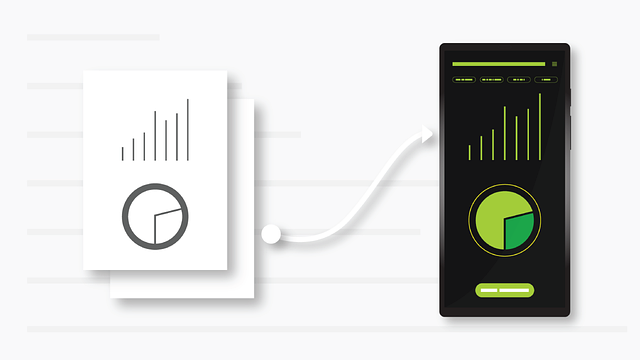
User experience (UX) is a crucial aspect of web design that focuses on creating a positive and enjoyable experience for users when they visit a website. In today’s highly competitive digital landscape, where websites abound, having a website with great UX is essential for attracting and retaining users, and ultimately, achieving good Google ranking. In this article, we will delve into the importance of user experience in web design and how it impacts search engine optimization (SEO) using relevant keywords for optimal Google ranking.
One of the primary reasons why UX is crucial in web design is that it directly affects how users interact with a website. A website with a seamless and intuitive UX will keep visitors engaged, encourage them to stay longer, and explore more pages. This can result in lower bounce rates, higher time-on-page metrics, and increased page views, all of which are positive signals for SEO. Moreover, if users have a positive experience on a website, they are more likely to share it with others, leading to potential referral traffic and improved SEO performance.
Keyword research and optimization are key components of SEO, and they play a significant role in web design. By incorporating relevant keywords into the website’s design, such as in page titles, headings, meta tags, and URLs, you can optimize your website for search engines. However, it’s important to use these keywords judiciously and not to engage in keyword stuffing, as this can lead to penalties from search engines. A well-designed website with a clear and logical structure that incorporates optimized keywords can improve its search engine visibility and ranking.
When designing a website, it’s crucial to prioritize the needs and preferences of the target audience. Understanding the demographics, preferences, and behaviors of the target users can help create a website that resonates with them, leading to a positive UX. For instance, if the target audience prefers a mobile-first experience, a responsive design that adapts well to mobile devices is imperative. This not only provides a better UX for mobile users but also aligns with Google’s mobile-first indexing, which prioritizes mobile-friendly websites in search results.
Navigation is another critical element of UX that impacts SEO. A well-designed navigation system that is easy to understand and use allows users to find the information they are looking for quickly and efficiently. This reduces the bounce rate and keeps users engaged, which can improve SEO performance. Additionally, a clear navigation structure with optimized anchor texts can improve internal linking, which is another important SEO factor.
Website loading speed is another crucial aspect of UX that can impact SEO. Slow-loading websites can result in a poor UX and lead to higher bounce rates, as users are likely to abandon a website that takes too long to load. Google also considers website loading speed as a ranking factor, and websites with faster loading times are more likely to rank higher in search results. Therefore, optimizing website loading speed through techniques such as image compression, caching, and minification can improve UX and SEO performance.
Finally, the overall aesthetics and visual appeal of a website also contribute to UX. A visually pleasing website with a clean and professional design can create a positive impression on users and make them more likely to engage with the content. In contrast, a poorly designed website with cluttered layouts, inconsistent fonts, and colors can lead to a negative user experience and result in higher bounce rates. Google also takes into account the visual appeal of a website in its ranking algorithm, and websites with visually appealing designs are more likely to rank higher in search results.
In conclusion, user experience (UX) is a critical factor in web design that directly impacts SEO and Google ranking. A website with great UX keeps users engaged, encourages them to explore more pages, and improves metrics such as bounce rate, time-on-page, and page views. By incorporating optimized keywords, designing for the target audience, prioritizing navigation, optimizing website




